We may earn revenue from the products available on this page and participate in affiliate programs. Learn More ›
At first-glance, it doesn’t make a ton of sense to compare the .270 vs .308. They are, after all, different calibers with different parent cases. However they are both classic big-game cartridges, many modern rifles still come chambered in each, and both are known for their manageable recoil. Plus, hunters and shooters love comparing cartridges whether it makes sense or not, so, here we go.
Hashing out the merits and performance characteristics of the .270 Winchester compared to the .308 Winchester is not to determine a victor. That’d be like choosing which grandpa is your favorite. Rather, we’ll focus on the facts and address the cartridges’ strengths and weaknesses. Put very simply, the .270 shoots lighter bullets, delivers flatter trajectories, and brings more energy down range. The .308 fits in short actions and is capable of shooting a wider variety of bullet weights (including bullets heavier than the .270 offers).
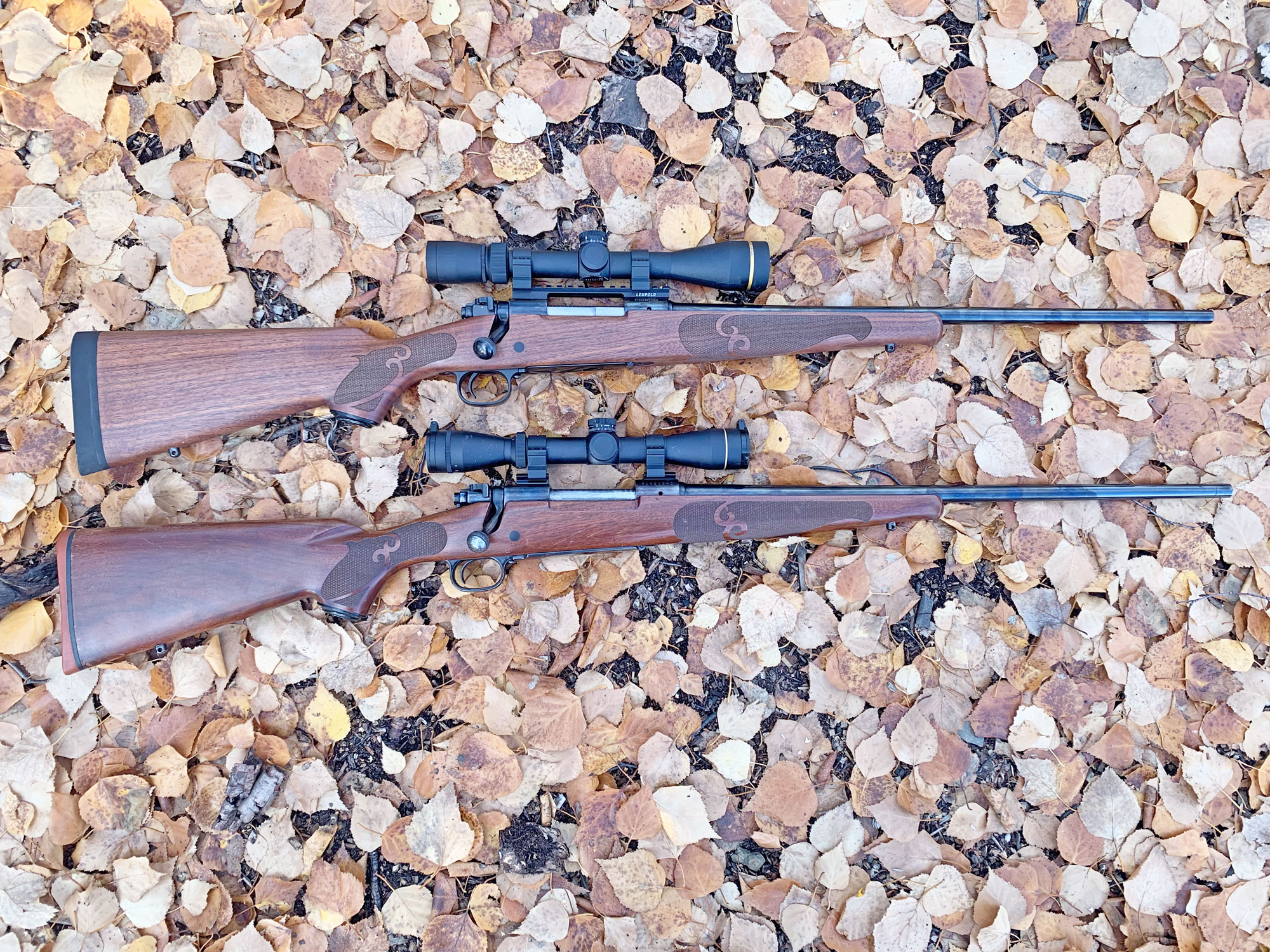
.270 Winchester Specs
- Bullet Diameter: .277 inches
- Case Length: 2.540 inches
- Overall Length: 3.340 inches
- Parent Case: .30/06 Springfield
.308 Winchester Specs
- Bullet Diameter: .308 inches
- Case Length: 2.015 inches
- Overall Length: 2.8 inches
- Parent Case: .300 Savage
Depending on your hunting style and shooting interests, one of these cartridges might make more sense than the other. However, rest assured, both of these cartridges in the hands of a skilled shooter are capable of taking down any of the big-game in North America and most that lies beyond.
History
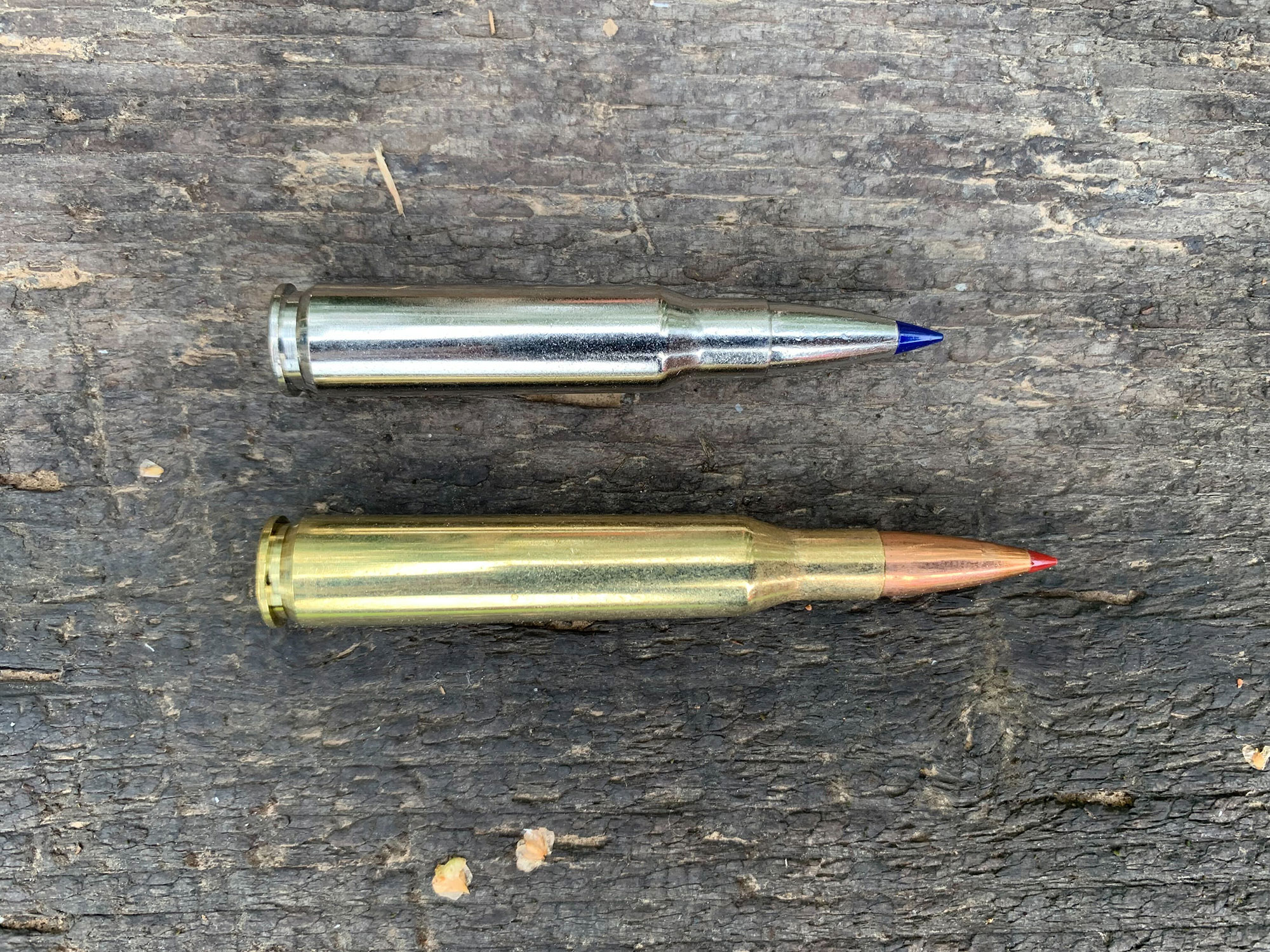
.270 Winchester
Following the success of the .30/06 Springfield in the early 1900’s, riflemen continued tinkering with the .30/06 case, necking it up or down, and a variety of wildcat cartridges emerged. Winchester engineers began tinkering too, necking down the .30/06 case to accommodate a .277 caliber projectile, and the .270 Winchester cartridge was born. Winchester officially released the .270 Win. in 1925 with an advertised muzzle velocity just north of 3,100 fps shooting a 130-grain bullet.
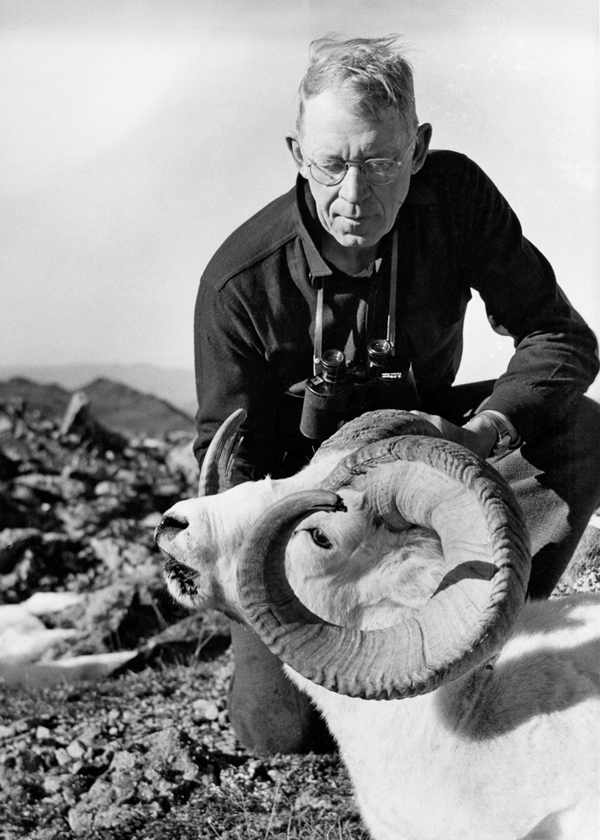
The .270 Winchester was not immediately a beloved cartridge like some of the other cartridges developed during the early 1900s but it slowly and surely gained favor in the eyes of sportsmen and women over the course of the next several decades. Much of its success is owed to the legendary hunter and late Outdoor Life Shooting Editor, Jack O’Connor. He used the .270 Win. as his cartridge of choice on hunting excursions all around the world, sharing his stories with OL readers.
After years of hunting with and advocating for the .270, O’Connor wrote this in a 1954 OL column (note, this was published well after the .308 was introduced) : “At the time it was introduced in 1925, the .270 was the flattest-shooting standard big-game cartridge in the world. With the 130-gr. bullet, which has killed very dead all sorts of large and ponderous animals, it still is. With the 100-gr. bullet in the factory loading, which is designed for varmints·, the .270 has a trajectory almost as flat as that of the .220 Swift. Because of this flat trajectory, high velocity, good accuracy, and mild recoil, the .270 is the easiest standard cartridge to make well-placed hits on game with, at long and uncertain ranges, that I have ever used.”
Fast forward about 100 years from its inception and the .270 Win. continues to carry on its legacy as a revered big-game hunting cartridge.
.308 Winchester
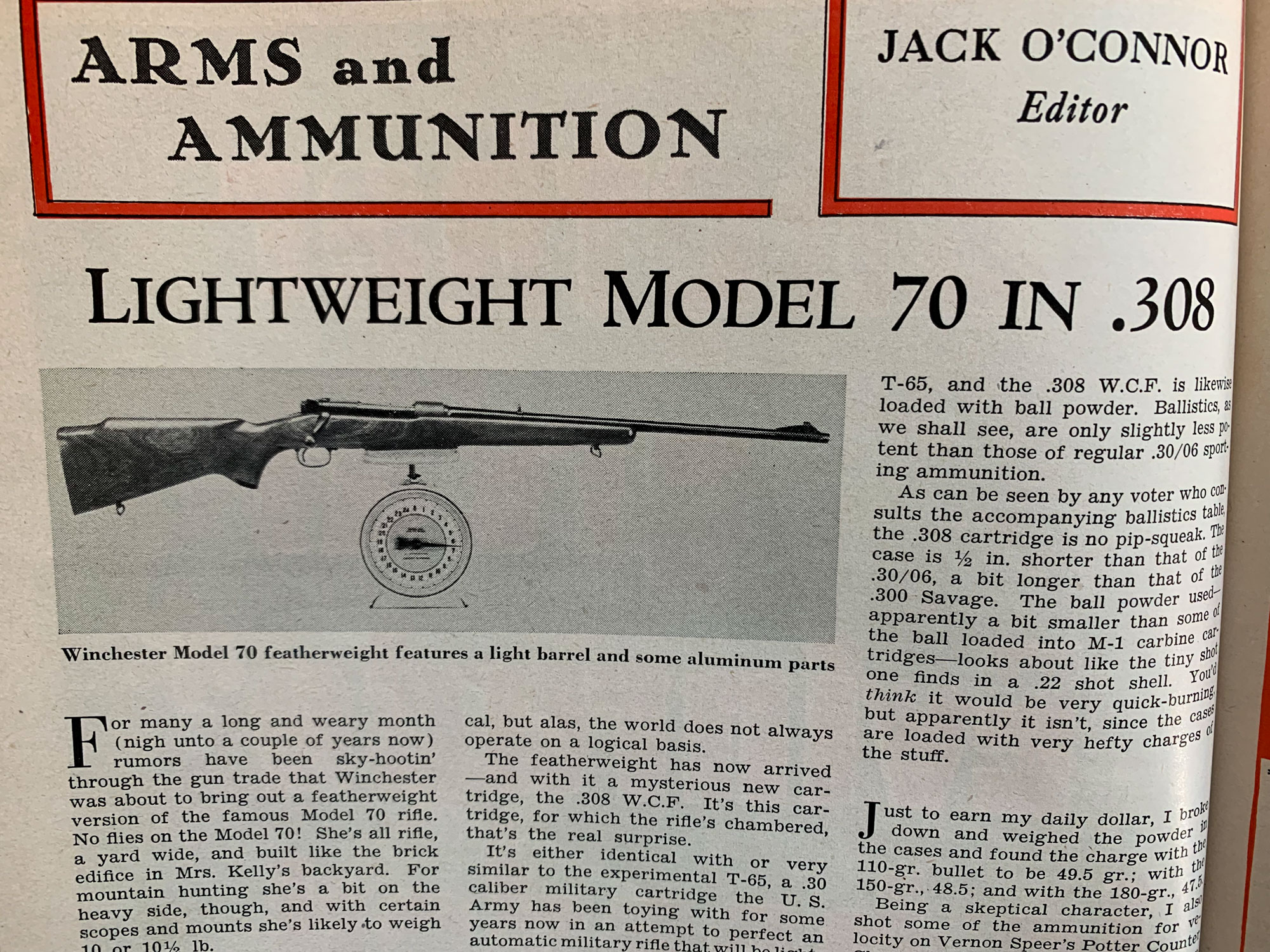
The 7.62x51mm NATO cartridge was developed in the 1950s and adopted into military service shortly after. It made a splash, producing nearly similar ballistics to the .30/06 Springfield, but in a short-action configuration. In 1952, Winchester launched the .308 Winchester cartridge, which is the twin brother of the 7.62×51 NATO with two minor differences. O’Connor covered the launch of the .308, which was hand-in-hand with the introduction of the Winchester Model 70 Featherweight.
The .308 Win. ammunition is loaded to a higher pressure than the 7.62×51 NATO ammo and the wall thickness of .308 Win. brass is slightly thinner to accommodate the increase in pressure. Rifles chambered in .308 Win can safely shoot 7.62×51 ammunition. However, rifles chambered in 7.62×51 should not be fired .308 Win. ammunition. The .308’s parent case is the .300 Savage (not the .30/06 as some folks believe).
With plenty of performance packed into a short-action format, the .308 Win. was quickly adopted by hunters and shooters across the country as an extremely versatile, accurate, and capable cartridge. The virtue of it being a short-action offering, rather than the standard long action that a .270 requires, is that .308 rifles can be lighter and handier.
Since its launch, the .308 Win. has become one of the most popular cartridges on the market with nearly every rifle manufacturer still producing guns chambered in .308 Winchester.
Ballistics
Here’s a look at a couple ways to compare ballistics of the .270 vs .308. There is some crossover in bullet weight, so we’ll examine both cartridges when using the same bullet weight, then when using some of the most ballistically efficient slugs for each.
150-Grain Nosler Partition
For the first comparison, I pulled ballistics from two similarly weighted projectiles. Keep in mind that a 150-grain projectile is pushing the top end of bullet weight for the .270 Win., while a 150-grain bullet is the middle of the pack for .308 Win.
.270 Winchester
- Muzzle Velocity: 2,830 fps
- Energy @300 yds: 1,709 ft-lb
- Drop @300 yds: 12.8 inches
.308 Winchester
- Muzzle Velocity: 2,840 fps
- Energy @300 yds: 1,565 ft-lb
- Drop @300 yds: 13.4 inches
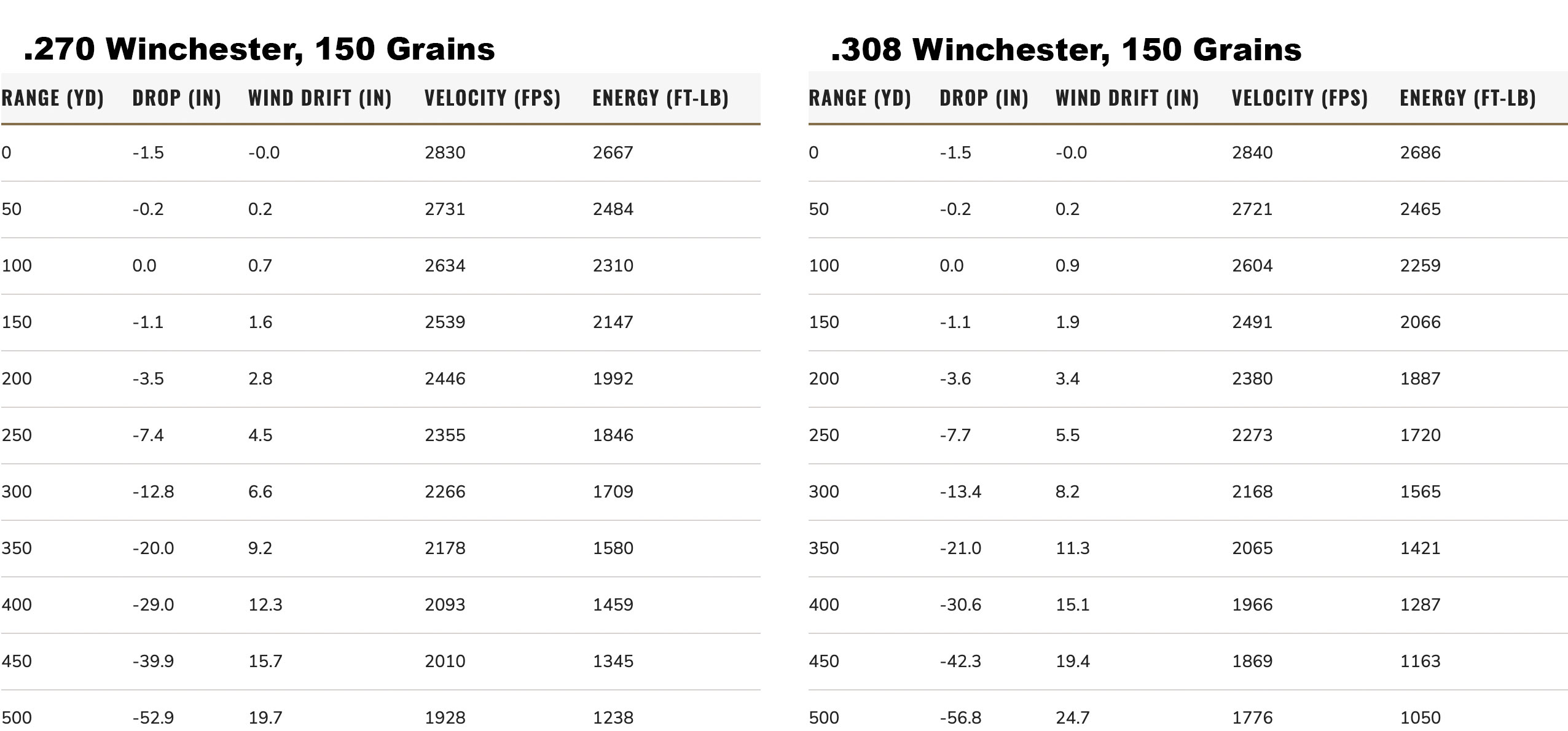
As you can see the loads are nearly identical coming out of the muzzle. However as distance increases the .270 begins to pull away with its sleeker bullet retaining more velocity.
Heavier Bullets vs Lighter bullets
Now let’s look at another example with a drastic variation in bullet weight. Hornady’s ELD-X bullet, loaded in their Precision Hunter line is offered in 178 grains in .308 and 145 grains in .270.
.270 Win., 145 grains
- Muzzle Velocity: 2,970 fps
- Energy @300 yds: 1,955 ft-lb
- Drop @300 yds: 6.5 inches
.308 Win, 178 grains
- Muzzle Velocity: 2,600 fps
- Energy @300 yds: 1,792 ft-lb
- Drop @300 yds: 8.8 inches
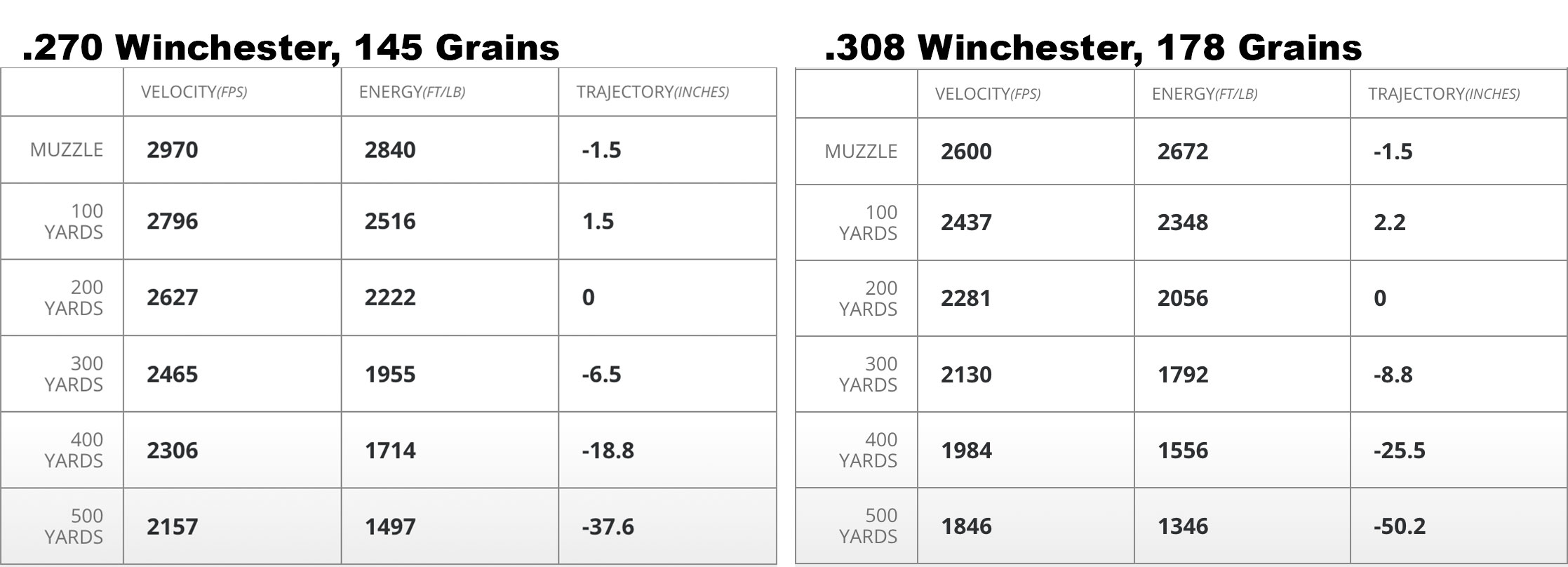
It might surprise some .308 fans to see that the lighter .270 bullet still carries more energy down range because of its higher velocity than the heavier .308 bullet (even out to 500 yards). the margins of velocity, drop, drift, and energy only widen when heavier bullets are used in the .308 when compared to the .270.
Truth be told, ballistically, the two cartridges are pretty evenly matched. Would you rather have the option to shoot a variety of larger bullets (choose the .308) or do you prefer a faster, flatter trajectory with a slight increase in down-range energy at typical hunting distances (choose the .270).
READ NEXT: .270 Winchester vs 6.5 Creedmoor
Recoil
Both of these cartridges were designed to reduce felt recoil compared to the .30/06 Springfield. There are many variables that go into determining the felt recoil of a cartridge including the bullet weight, powder charge, weight of your rifle, and the use of a suppressor or muzzle brake. However, all things being equal, the kick of the two cartridges is similar with average felt recoil hovering around 20 foot-pounds in a 7-pound rifle. For comparison, the average felt recoil from a 6.5 Creedmoor is around 12 foot-pounds, while the recoil from a .300 Win. Mag. is up about 27 to 29 foot-pounds.
Neither the .270 Win. or the .308 Win. will knock you off your feet, but there are lighter-recoiling big-game cartridges out there.
Accuracy
Though the .270 can certainly produce great accuracy, it’s not an inherently accurate cartridge. For most hunters, its performance will suffice, but the average factory rifle with factory ammo will shoot with much greater precision in .308 than it will in .270 Win. In our testing, we’ve found good quality factory rifles like Weatherby’s Mark V Hunter to average between 1.5- and 2-inch 5-shot groups. Quality .308 rifles like the CZ 600 American have averaged between 1.2- and 1.5-inch 5-shot groups.
Terminal Performance
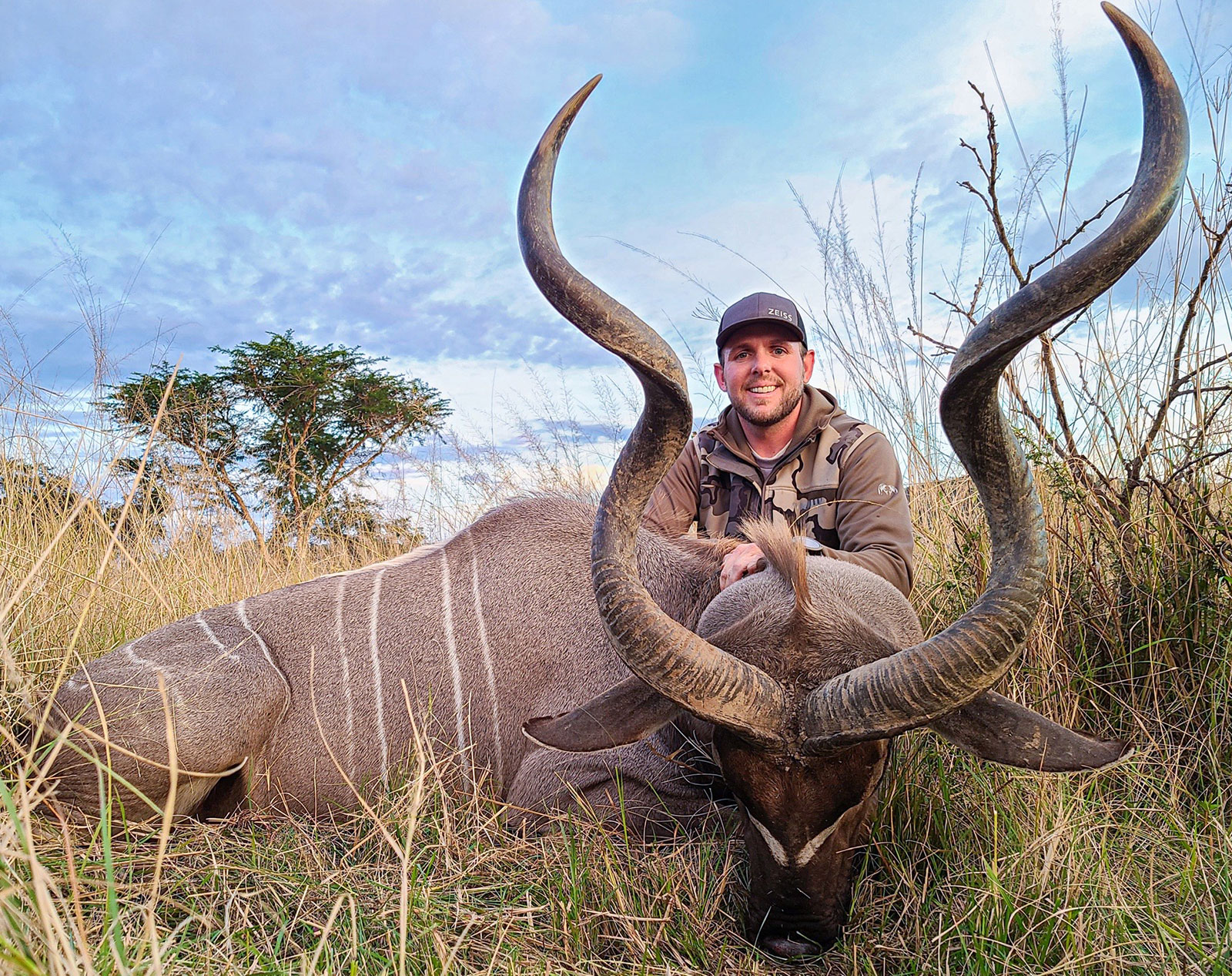
At normal hunting ranges, no animal will be able to tell the difference between the impact from a .270 Win. vs. .308 Win.
Some might scoff at the .270 Win., brushing it aside as an ideal deer and pronghorn rifle, but not capable of taking bigger game like elk or moose. They are wrong. Yes, it is a fantastic cartridge for mid-sized game. However, given proper bullet selection and shot placement, the .270 Win. is more than capable of taking down the biggest ungulates with authority, including the giant yukon moose of the North. Just ask Mr. O’Connor, or OL’s Tyler Freel who recently included it in his roundup of the best moose cartridges.
Several years ago, the .270 Win. was my cartridge of choice on a safari in Southern Africa. Shooting 130-grain Nosler E-Tip bullets, I successfully hunted southern-greater kudu, zebra, and black wildebeest. All three animals quickly succumbed to the bullet and cartridge combination with the kudu (an elk-sized animal) dropping in his tracks.
The .308 Win. has proven itself over many decades in the field as a very competent and deadly cartridge on everything from dainty pronghorn on up to massive rut-crazed bull elk and moose. No matter your cartridge of choice, your bullet selection is of the utmost importance, especially when hunting elk-sized game and bigger. Generally speaking, heavier bonded bullets are a wise choice for the bigger game.
READ NEXT: 6.5 Creedmoor vs .308 Winchester
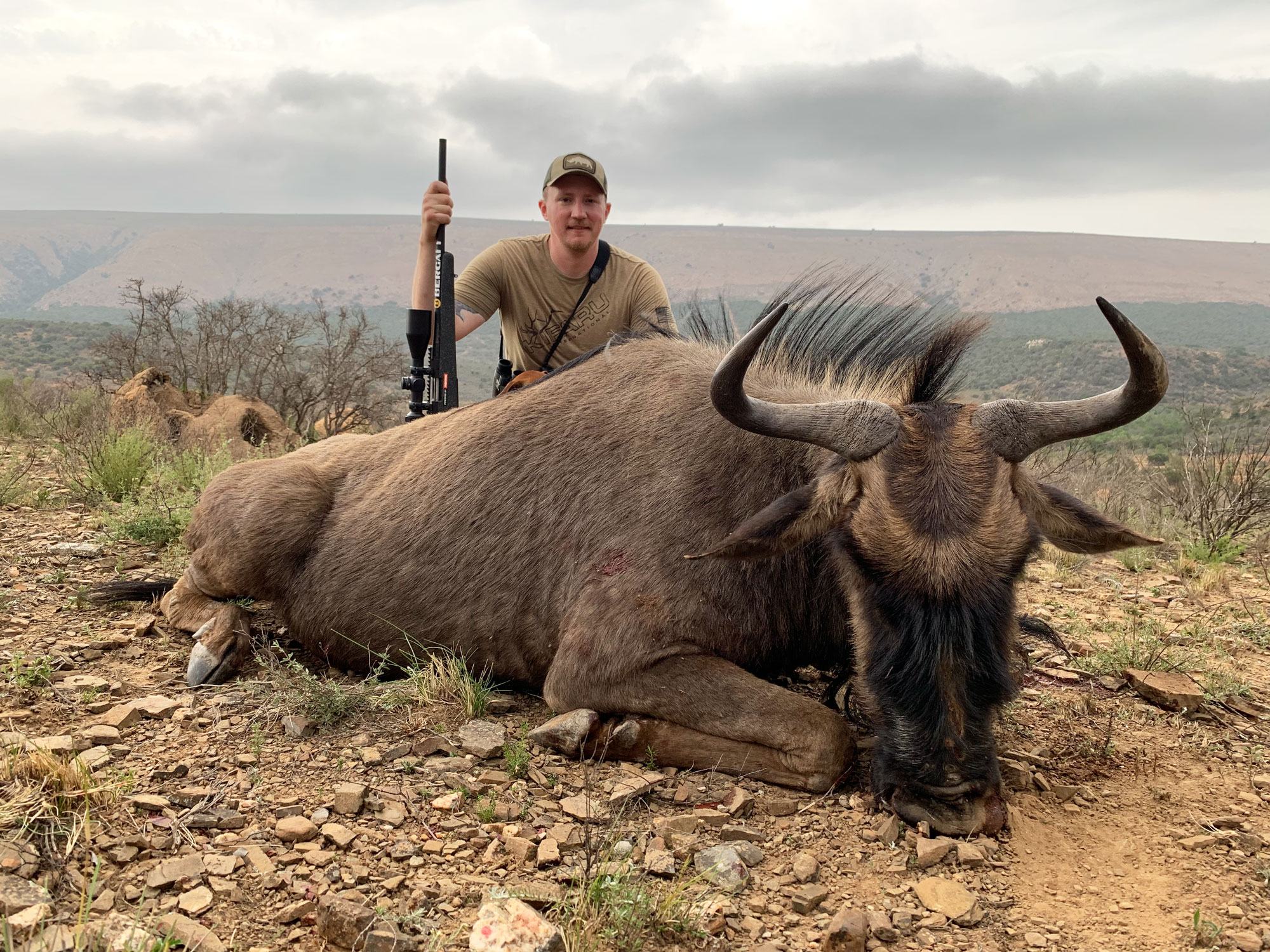
.270 vs .308, Which Has the Advantage?
.270 Winchester
- Faster velocity
- Flatter trajectory
.308 Winchester
- Compact rifles
- Wider variety of bullet weights
- More accurate
Ammunition Availability and Selection
Even through the ammunition shortage over the past several years, shooters could typically find both .308 Win. and .270 Win. ammunition. The same could not be said for many other cartridges. Thankfully, ammo has become much more abundant on store shelves this year with a variety of valuable options to choose from for both these (and other) cartridges.
The most common bullet weights for the .270 Win. are 130- and 150-grain projectiles and nearly every major ammo manufacturer produces multiple options. The cost of a box of shells varies based on brand and bullet type, costing anywhere between $25 and $65. Guns.com currently has 15 different ammunition options in stock for the .270 Win. in a wide range of bullet configurations.
Similarly, the .308 Win has a plethora of ammunition options currently available. One advantage that the .308 Win. does have over the .270 Win. is a wider range of bullet weight options. Bullets weights for hunting purposes vary from Nosler’s 110-grain Varmageddon load all the way up to Winchester’s 185-grain Super-X Powerpoint. It is worth noting that there is factory ammunition loaded for the .308 Win. that goes all the way up to 260-grains, but the majority of them are intended for target use.
The cost of .308 Win. ammunition varies between $25 and $70 per box. However, the average cost seems to hover around $35 to $40. The .270 Win. ammunition is usually readily available, but the options for available ammo for the .308 Win. more than triple the .270 Win. Guns.com currently shows about 100 different ammunition SKUs in stock for the .308 Win.
READ NEXT: Best .308 Hunting Ammo
FAQ
No. A .308 can shoot heavier bullets than a .270, but it is not as powerful
No. A .270 is a great deer cartridge, but it is more powerful than necessary.
Most common disadvantages of the .270 are more recoil than the .308, and it’s generally not as accurate. It also requires a longer rifle action.
Yes, the .270 Win. is a good elk cartridge. Choose a quality hunting bullet and shoot at reasonable ranges.
Final Thoughts on .270 vs .308
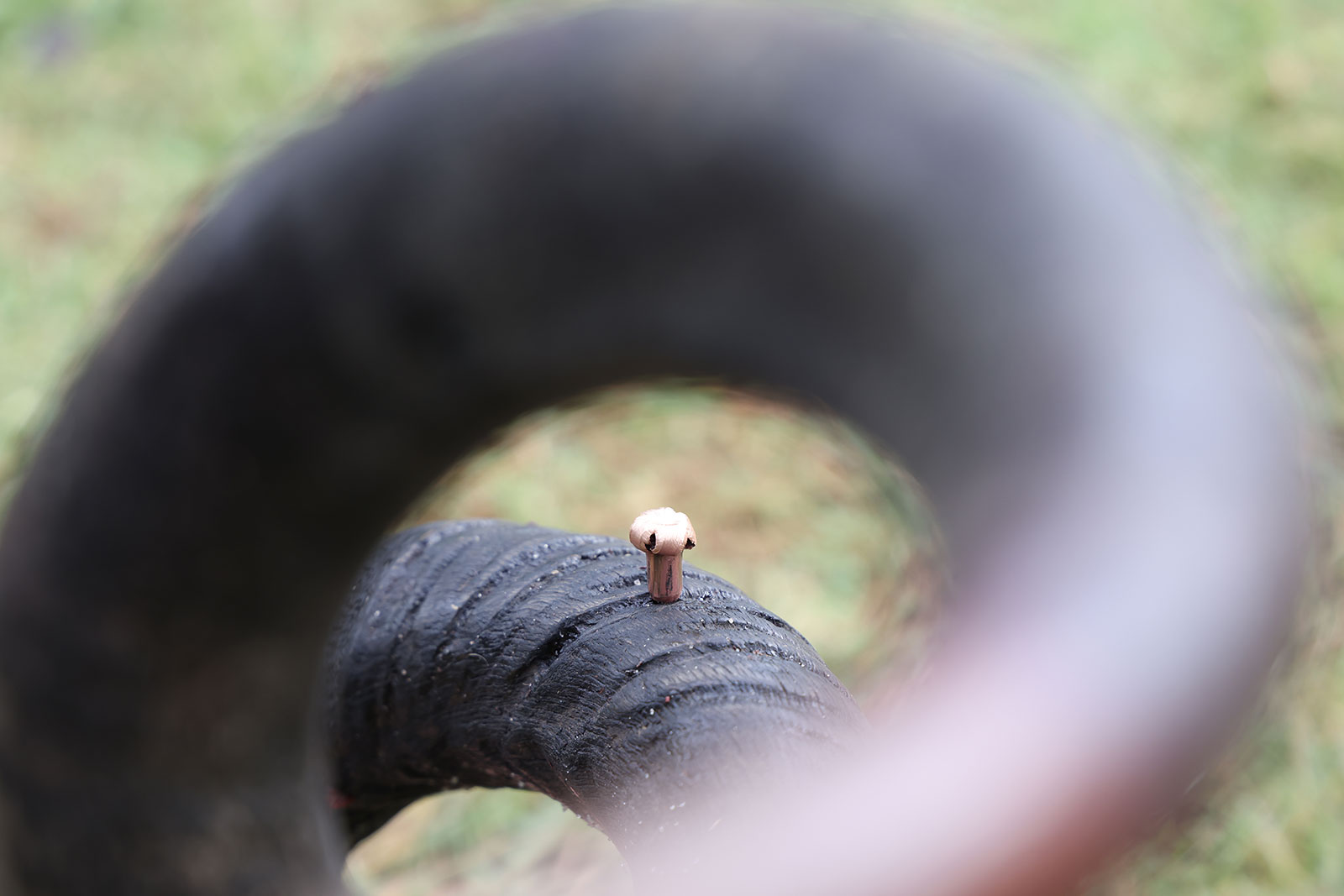
I’ll probably offend both of these classic cartridges’ loyal fan bases by saying this, but, the battle between the .270 Win. and .308 Win. in my eyes is a wash. Yes, the .270 Win. does shoot faster and flatter and, in some cases, generates slightly greater downrange energy than the .308 Win. In Mr. O’Connor’s day, before laser rangefinders and exposed adjustable riflescope turrets, a flat-shooting rifle was a real benefit. Today, ranging a target and dialing for elevation has become a standard practice for big-game hunters.
Yes, the .308 Win. is capable of shooting a wider range of bullet weights and certainly has many more ammunition options readily available than the .270 Win. But for most big-game hunters, 145-grain to 180-grain bullets is all we’ll ever need. So choose whichever cartridge fits your style and taste. Or, even better, buy a few different rifles chambered in each.
Several flashy new cartridges have flooded the market in recent years that, like it or not, are ballistically superior to both of these options. With that said, teaching an old dog new tricks is an arduous task and gun owners are no different. The near cult following of these two classic cartridges refuses to let them slip by the wayside. Both the .270 Win. and .308 Win. will continue to be among the most popular cartridges in North America for many years to come.
